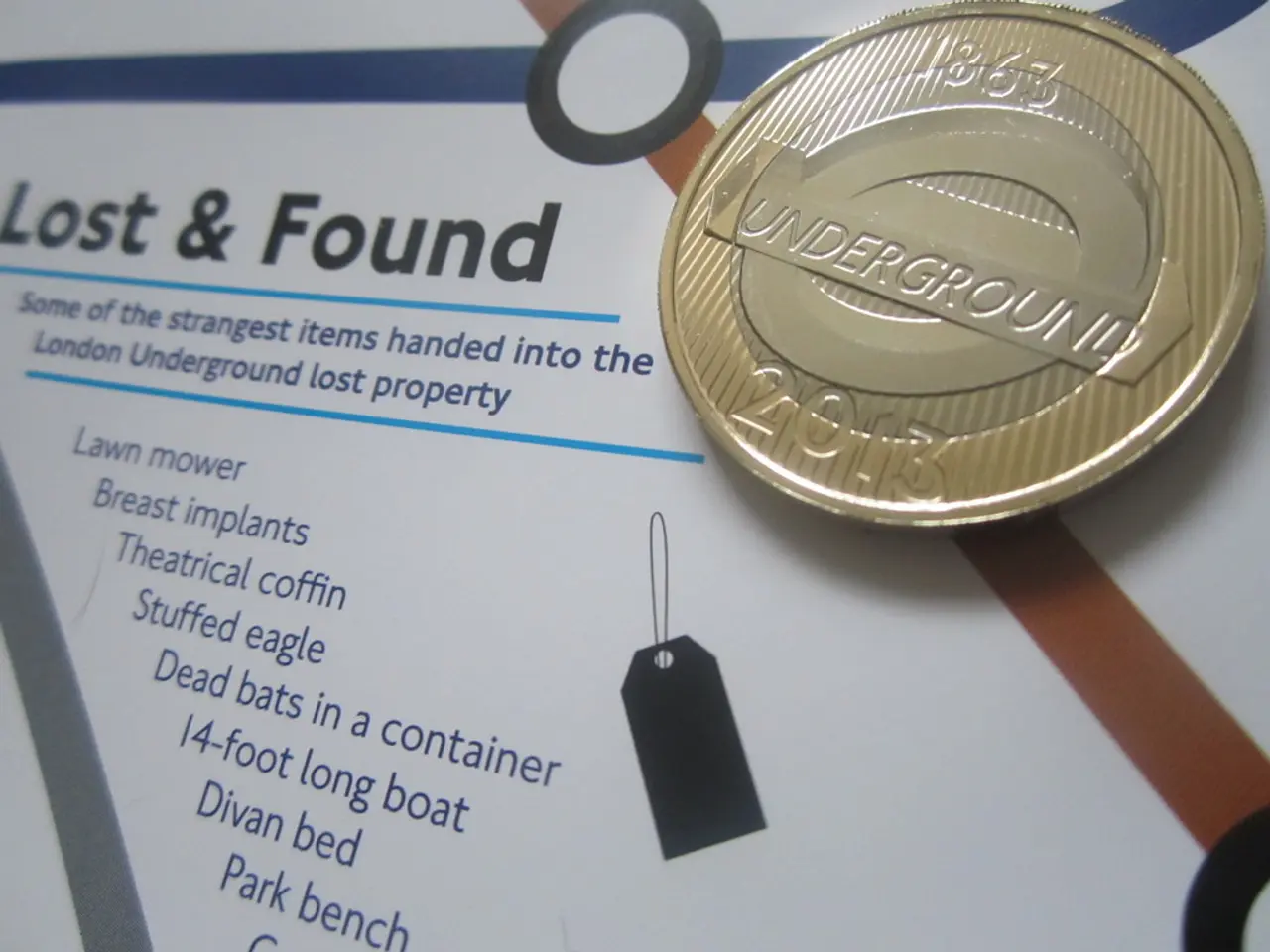Coinbase Lags While Binance and OKX Embrace Transparency with Proof of Reserves Reports
Breaking Down Crypto Exchange Transparency: An In-depth Analysis of Proof-of-Reserves
In the ever-evolving world of cryptocurrencies, trust is paramount. A new wave of evaluation has rolled in, focusing on the transparency of major crypto exchanges based on their Proof-of-Reserves (PoR) practices. Here's a no-holds-barred look at the current leaderboard.
The Contenders
This analysis focuses on Binance, Bybit, OKX, Kraken, and Coinbase, the heavyweights of the crypto exchange sector. The report card is based on each platform's reserve ratio, reporting consistency, and PoR report timeliness.
Binance: Setting the Pace
Binance takes the lead, consistently maintaining a coverage level above 100% and regularly releasing its PoR reports on a monthly and timely basis. This transparency measure instills confidence in investors and keeps Binance in the public eye as a trusted player in the crypto space.
OKX: Stepping Up the Game
Following close behind, OKX reports a capital backing rate that remains above 100%. While its figure is slightly below Binance's, OKX matches Binance's reporting consistency, featuring monthly releases without delay.
Bybit: Climbing the Ladder
Bybit comes in next with a reserve ratio ranging between 105% and 115%. The platform has recently improved its disclosure practices by transitioning from bi-monthly to monthly reporting. Bybit's moves show a commitment to adopting best-in-class transparency practices.
Kraken: Room for Improvement
CryptoQuant gives Kraken the fourth spot, with the exchange maintaining backing figures above 100%. However, it has only published four reports since November 22, 2022. Analysis highlights the need for more regular updates to match the industry pace set by Binance and OKX.
Coinbase: Missing the Mark
Coinbase is ranked last as the exchange has not published any PoR report at all. This trend raises concerns, particularly given Coinbase's size and market position. Industry analysts view this omission as a significant shortcoming for Coinbase.
PoR: A Double-Edged Sword?
Proof-of-reserves is a technique used by crypto exchanges to demonstrate that they have enough digital assets to cover customer deposits. While it has gained popularity among institutions following high-profile failures of exchanges like FTX and Mt. Gox, there are criticisms surrounding the practice.
Strategist Michael Saylor, a Bitcoin enthusiast, recently dubbed it a "bad idea." He argues that unveiling wallet addresses, a common component of the PoR process, introduces substantial security risks. According to Saylor, no professional security team would recommend making wallet structures public. If an AI were to assess the risks posed by PoR, it would churn out a lengthy list of potential threats, he claims.
The Future of PoR
As the crypto sector continues to mature, we can expect exchanges to strive for higher PoR standards. Binance and OKX are currently setting the bar, with their strong reserve coverage and consistent, on-time reporting. Despite a few areas that need further attention, Bybit and Kraken are showing progress. If Coinbase is to maintain its standing in the market, subsequently shedding its comparatively poor PoR track record, it will need to step up its game.
- Binance, leading the crypto exchange sector, consistently maintains a reserve ratio above 100% and releases its Proof-of-Reserves (PoR) reports on a monthly and timely basis, thereby instilling confidence in investors.
- OKX, following closely behind Binance, also reports a capital backing rate that remains above 100%, matching Binance's reporting consistency with monthly releases without delay.
- Bybit, though its reserve ratio ranges between 105% and 115%, has recently improved its transparency practices by transitioning from bi-monthly to monthly PoR report releases, indicating a commitment to best-in-class practices.




